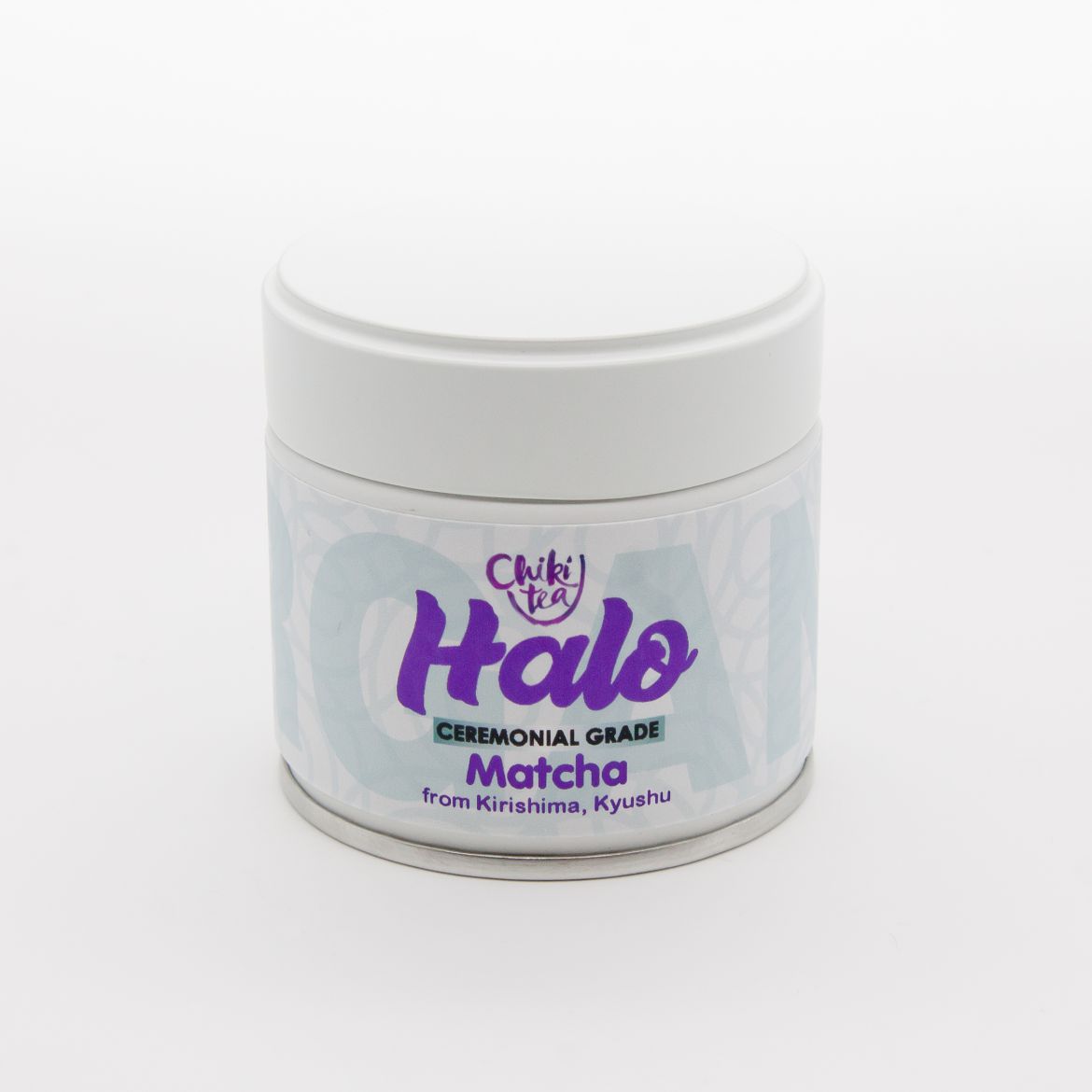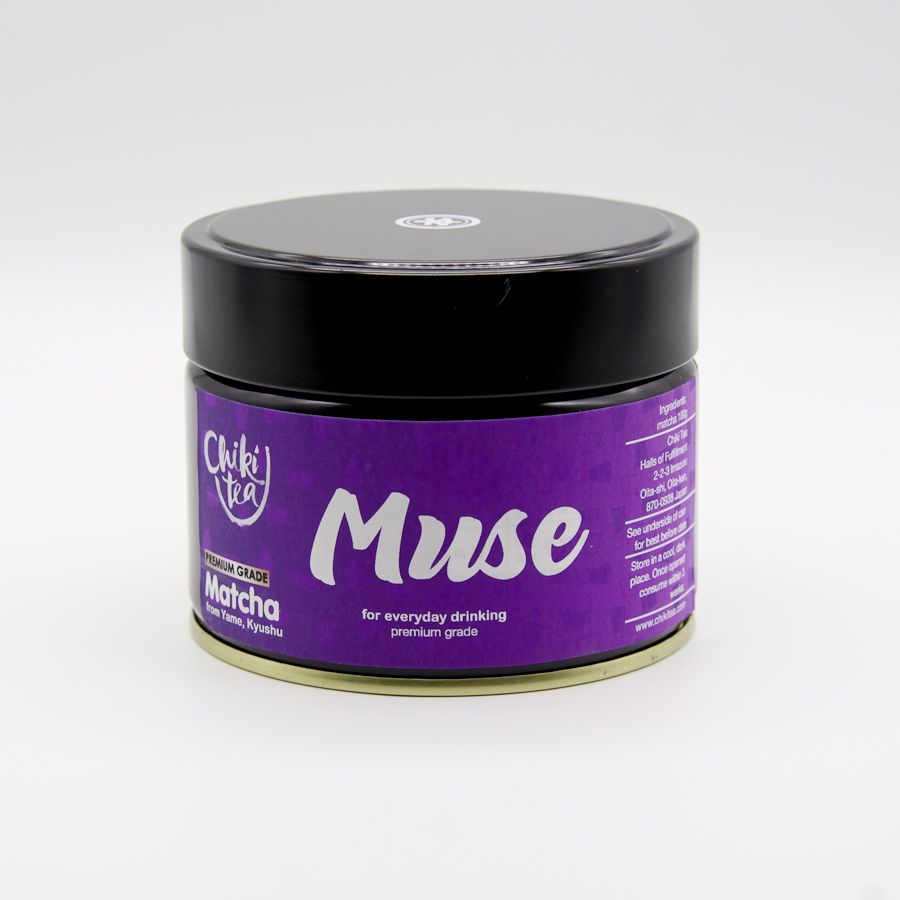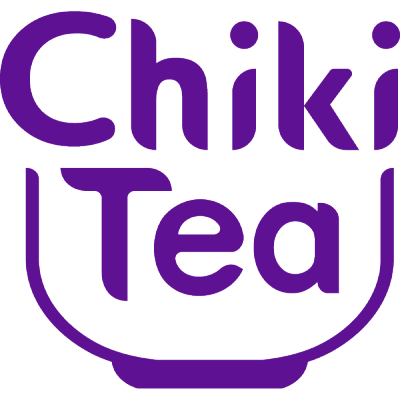Matcha Grades
What is Ceremonial Grade Matcha?
There is, surprisingly, no official grading of matcha in Japan and certainly not in foreign markets like the US or UK. Instead, the farmers split their production into various grades depending on the time of harvest and the amount of milling of the tencha leaves, and how much demand they see from different types of customers.
The very best grades are usually sold to Japanese tea ceremony masters and schools and hence they become known as ceremonial grade matcha, the very best of which are rarely exported.
Some very ultra-fine grades are supplied to the imperial family and not even offered for sale in Japan!
But do watch out as many matcha brands hijack this term and promote mediocre matcha as a ‘ceremonial grade’ when it's clearly not up to that standard. Look carefully at the company selling the matcha, and decide if you trust their claims, depending on their location, the amount of information they provide about the origin of the matcha, and whether they sell only matcha on the internet, or have a good range of loose-leaf teas as well. That indicates whether they really know and understand Japanese green tea. There are many drop-shippers out there, who probably never even taste their own matcha, offer only one grade and size, and just have it shipped directly from China or a lower quality producer in Japan, or a middleman offering white-labelling. That matcha powder may have been sitting in a warehouse for ages - so please be careful!
The best way to buy matcha is to taste it and see if you like it. It might be a trial and error exercise but at least you will get a health boost until you find the perfect one! Forget about what grade the label says because you can’t count on that unless purchased from a reputable Japanese or Japan-based supplier. Our advice is to start purchasing using price as a general indicator. You might want to start with our Matcha Trio which has a set of three of our Yame matcha teas at a discount.
When opening matcha, look for an intense vivid color, and a striking aroma with grassy, forest and vegetal essence and when whisked, chocolate will rise with the foam. It’s important to qualify these characteristics immediately after opening to obtain the truest experience.
The intended use of matcha is the key factor in determining what quality or grade to buy. Will you drink it straight, in a latte, or use it as a flavouring in baking? As a rough rule of thumb, the more expensive the matcha is, the higher the quality, and the less you want to mess with it.
Chiki Tea suggests you drink the top ceremonial grades whisked with a bamboo chasen (whisk) using only water, so you can feel the texture and taste subtleties; and use lower ceremonial grades for either whisked matcha or to use in a matcha latte; but culinary grade is perfect for the kitchen where, because it’s the cheapest matcha, you can use it generously in a variety of matcha recipes.
See our Matcha Recipes page for some novel suggestions!
The best ceremonial grade matcha is from the first harvest, hand-picked and containing the most nuanced flavors, layer upon layer, with a silky smooth texture, and nutritional potency. The backend will linger with a profound sweetness. It also produces a froth as good as a cappuccino when whisked with a bamboo chasen.
When you think of matcha, you probably don’t imagine that it’s blended, but this is exactly how the different grades are created. It would be incredibly useful to have a standardized grading system using numbers, similar to the percentages in chocolate, to identify where it sits on the grading scale. But alas, this is not the case, yet. The only numerical system is the cost - the higher the cost, the longer it has taken to make and the best of the best leaves are used. The caveat is that this doesn’t include non-Japanese growers - there it’s much more of a price / quality lottery!
Even genuine ceremonial grades will be many and varied and it is often very difficult to know the difference except by way of the pricing and of course inspecting and tasting it. Visit a tea shop in Kyoto and there might be 8 or more ceremonial grades from which to choose. Even the Japanese consumer is stumped.
What’s easier to find outside of Japan are the so-called premium grades of matcha. These are usually erroneously called ceremonial grade or, truer, premium-grade, perfect for a matcha shot or a matcha latté. In fact so much is mislabeled as ceremonial that it is hard to know if the matcha is authentic. It’s best to purchase matcha from a reputable source, ideally shipped direct from Japan, to ensure the product is authentically Japanese. Premium grade matcha also has numerous sub-grades just like ceremonial grade. At a much more reasonable price-point, they are a great starting place for beginners.
Then there is culinary grade, also called ingredient grade, which is the hero in recipes. Designed to be mixed with other flavors, not consumed as a straight shot, culinary-grade has a sharper taste to stand above the other ingredients in your recipe. Culinary-grade is produced from older leaves in order to give that more pronounced flavor and chalkier texture. Culinary grade matcha is a perfect staple in your kitchen when you want to make or bake all of those green tea treats like ice cream, cookies, cakes, smoothies; or to sprinkle on oatmeal, yogurt, baked salmon, butter-drizzled white asparagus, popcorn; and even blend into salad dressings, mayonnaise, or cream cheese. The uses are unlimited! It too has various sub-grades. Culinary-grade is also much cheaper, so it’s easy to boost your daily cuisine.
You may also see industrial-grade, but that’s not meant to be consumed directly. As the name suggests, it’s usually bound for extracts, additives, and other indirect uses, like skincare and cosmetics.
Did you know that Chiki Tea has a sister company, 11:11 Angel Organics, which uses matcha in their skincare range?

What's Organic Matcha?
Organic matcha is an entirely different and complex world in artisan matcha production. Because farmers are aging fast, and there are very few young people to take over the reins, the highest grades of organic matcha are in very short supply, especially when shaded in the traditional honzu straw mat method (you can read more about honzu matting here).
Indeed there is a lot of organic matcha being advertised, but there are actually fewer producers than you would expect. It is a very complex and expensive process for the growers to get matcha certified as organic by the USDA/FDA and that is just for the US market. In order to sell organic matcha globally, the artisan farmers would probably need certification in every country to which they wanted to export. The truth is, they have enough business in Japan and often don’t want the hassle of exporting it. Quite likely if you buy organic matcha online and it is cheaper than most, it is by a drop-shipper sourcing from China.
Fortunately, Chiki Tea works with a fourth-generation organic farmer in Kyushu who produces an award-winning organic ceremonial grade matcha used by many tea ceremony masters. His family even cultivates the 3-year compost which fertilizes and helps manage bug control.
So in total, Chiki Tea offers four kinds of matcha from Kyushu. Since we work directly with our producers, there is no middleman to mark up the prices, and we can pass along the savings to you:
 |
HALO, top ceremonial grade organic matcha from Kirishima
|
 |
SILK, top ceremonial grade from Yame
|
 |
LUSH, ceremonial grade from Yame
|
 |
MUSE, premium culinary grade from Yame
|
Find out more about matcha...
